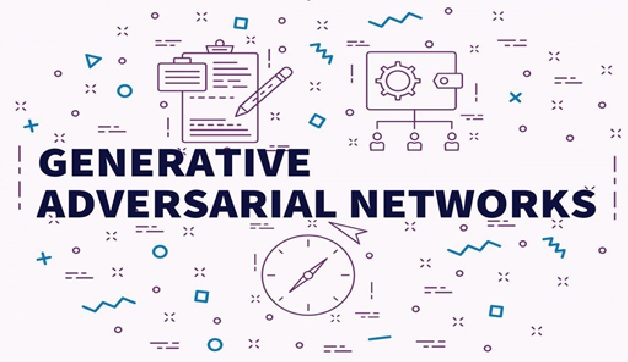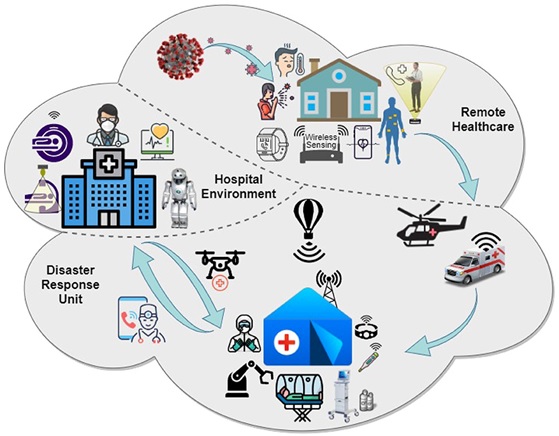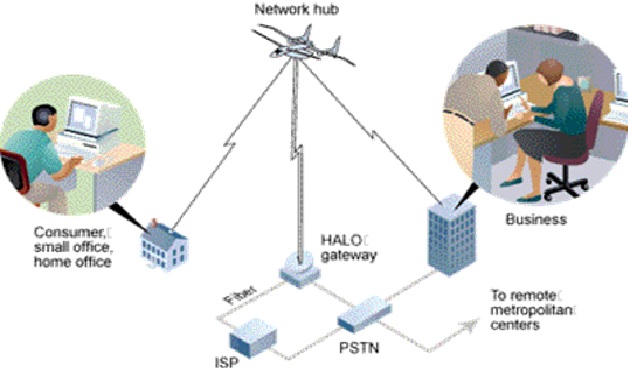Generative Adversarial Networks (GAN) in Generative AI

Figure 1. The Generative adversarial networks (GAN) in Generative AI
Figure 1 shows Generative Adversarial Networks, or GANs for short, are an approach to generative modeling using deep learning methods, such as convolutional neural networks. Generative modeling is an unsupervised learning task in machine learning that involves automatically discovering and learning the regularities or patterns in input data in such a way that the model can be used to generate or output new examples that plausibly could have been drawn from the original dataset.
GANs are a clever way of training a generative model by framing the problem as a supervised learning problem with two sub-models: the generator model that we train to generate new examples, and the discriminator model that tries to classify examples as either real (from the domain) or fake (generated). [1]
Generative AI:
Generative AI refers to programs that can use existing content like text, audio files, or images to create new plausible content. The MIT Technology review described generative AI as one of the most promising advances in the world of AI in the past decade. Generative AI enables computers to learn the underlying pattern related to the input, and then use that to generate similar content. There are various techniques to do that such as generative adversarial networks (GANS), transformers, and variational autoencoders. [2]
Generative adversarial network (GAN)
A generative adversarial network (GAN) is a machine learning (ML) model in which two neural networks compete with each other to become more accurate in their predictions. GANs typically run unsupervised and use a cooperative zero-sum game framework to learn.
The two neural networks that make up a GAN are referred to as the generator and the discriminator. The generator is a convolutional neural network and the discriminator is a deconvolutional neural network. The goal of the generator is to artificially manufacture outputs that could easily be mistaken for real data. The goal of the discriminator is to identify which outputs it receives have been artificially created. [3]
Generative AI in GANs:
The Generative Adversarial Networks could be one of the most powerful algorithms in AI. The emergence of GAN, the AI technique that makes computers creative has been called one of the most significant successes in the recent development of AI, which could make AI application more creative and powerful. The idea of pitting two algorithms against each other originated with Arthur Samuel, a prominent researcher in the field of computer science who is credited for popularising the term, “Machine Learning.” When he was at IBM, he devised a checkers game called Samuel Checkers, a playing program which was among the first to successfully self-learn, in part by estimating the chance of each side’s victory at a given position. The technique has sparked tremendous excitement in the field of machine learning and turned its creator into an AI celebrity.
In the past few years, AI researchers have made significant progress using the technique of deep learning. When supplied a deep learning system with sufficient images, the machine learns to, recognize a pedestrian who is about to cross a road. This approach has made it possible, for self-driving cars and the conversational technology that powers the likes of Siri, Echo, Alexa and other virtual assistants. Whereas deep learning AIs can learn to recognize things, but they have not been good at creating them. The goal of GAN is to provide the machines similar to the imagination. [4]
References:
- https://machinelearningmastery.com/what-are-generative-adversarial-networks-gans/
- https://developer.ibm.com/blogs/what-is-generative-ai-and-how-much-power-does-it-have/
- https://searchenterpriseai.techtarget.com/definition/generative-adversarial-network-GAN
- https://coe-dsai.nasscom.in/what-is-gan-in-artificial-intelligenceai/
Cite this article:
Thanusri swetha J (2021), Generative Adversarial Networks (GAN) in Generative AI, AnaTechmaz, pp. 43















